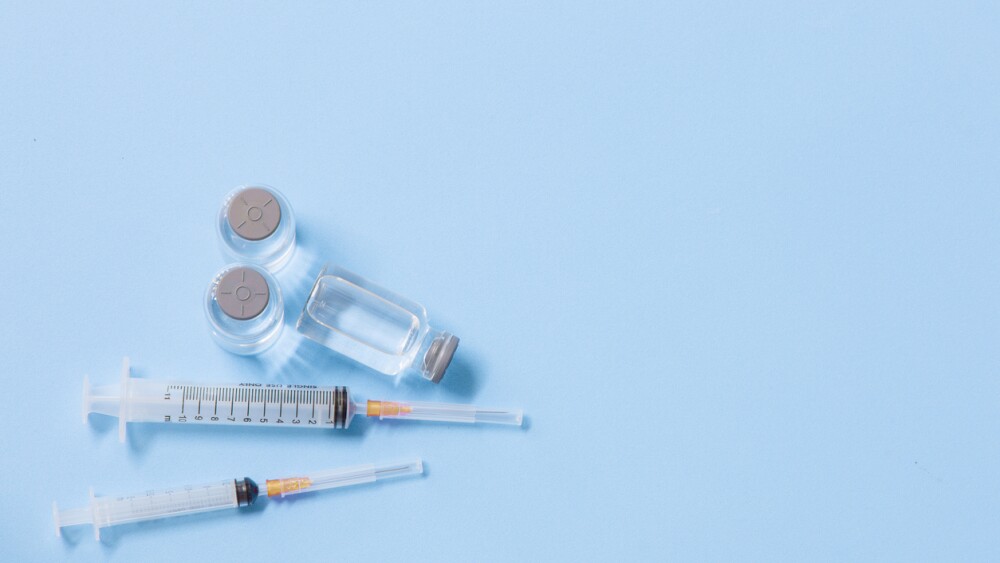Maxwell Serowoky has observed an increase in Sonic Hedgehog (Shh) gene activity during rib bone recovery, expanding the gene’s function beyond the known role of embryogenesis.
Dominik Magdziak Photography/Getty Images
The technological revolution that followed the Human Genome project is arguably the greatest thing to happen to medicine since penicillin. Since the project, new ways are developed daily to deeply investigate what is already known, including genetic mechanisms.
Immersed in one of these investigations is Ph.D. candidate Maxwell Serowoky working within the University of Southern California’s Stem Cell laboratory of Francesca Mariani, Ph.D. Serowoky observed an increase in Sonic Hedgehog (Shh) gene activity during rib bone recovery, expanding the gene’s function beyond the known role of embryogenesis. The findings were published this week in NPJ Regenerative Medicine.
The research team ran with Serowoky’s observation. After finding the increase in Shh expression, hypothesis testing with mouse models began. A 3 mm rib bone resection procedure was performed on the subjects. Over the course of 28 days post-resection, the researchers observed the progression of cartilage callus formation over the bone gap. This callus indicates bone recovery and regrowth, a trait seen in humans and mice. Over time, this cartilage converts to bone.
During the resection procedures, Shh activity was observed, quantified and compared to non-injured mice. The non-injured mice expressed Shh at low levels in only the bone marrow. In the experimentally injured mice, Shh was seen at high levels in mesenchymal cells near the resection on day three. The increase in Shh was also seen in neighboring skeletal muscle tissues and periosteal tissues. The increased expression levels peaked and waned at five days post-resection. Five days of Shh upregulation is hypothesized to be directly linked to the formation of the cartilage callus.
Additional data was collected as the researchers harvested and analyzed the rib tissue surrounding the resected region. Here, it was determined that the number of mesenchymal cells that were expressing high levels of Shh reached approximately 94% on day five. Shh expression was seen at lower levels in tissues slightly farther from the surgical site but remained detectable.
The researchers were able to examine the progression of healing through Safranin-O staining and H&E staining, ideal processes for examining tissues and cartilage. After staining, the regions were measured to determine the progression of healing between day 7 and day 28. This data was used alongside Shh expression quantification to support the overall conclusion: Shh upregulation is required for the formation of the cartridge callus that goes on to regenerate bone after injuries.
When scientists identified the Sonic Hedgehog gene, named after a hedgehog variation, much like the Indian hedgehog and moonrat hedgehog genes discovered prior, they couldn’t have understood the importance of the video-game namesake. The initial observation of Shh in fruit flies revealed the gene’s role in embryogenesis, but over forty years elapsed before the gene’s capabilities were expounded upon. In 2018, stimulation of the Shh pathway was seen to trigger hair regrowth. Abnormal activity of the pathway may play a role in tumor cell aggression, according to St. Jude Children’s Hospital in 2016. What could the next forty years hold?





